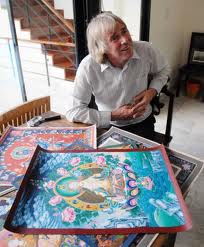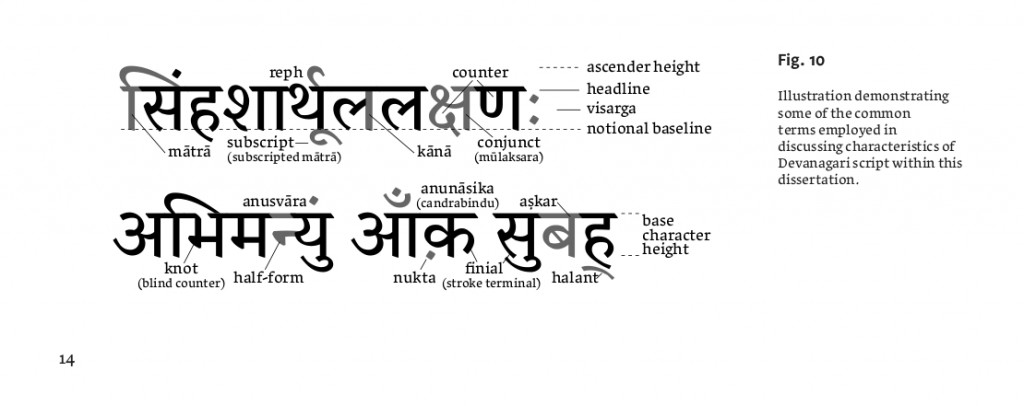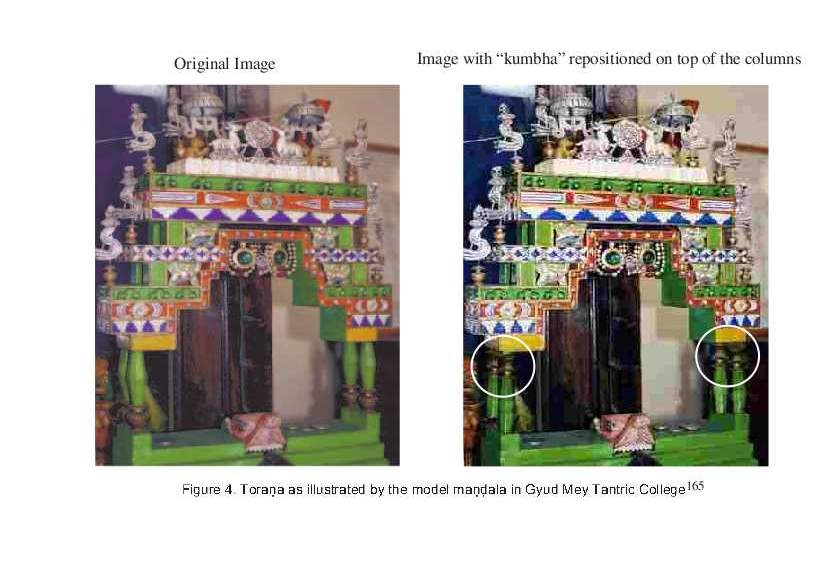
The website for the OCBS has recently been revamped.
The site’s Research Section includes a paper (Alexander Wynne, ‘How old is the Suttapitaka?‘, 2003) which seeks to show that the Pali canon is an accurate and “final” (sic) redaction of Buddhism prior to the 1st century CE. There is also an extensive CV of Richard Gombrich, whose work, it is proudly noted (on p.34), has helped Thai scholars to attack the Buddhist Dhammakaya movement.
The centre’s notice on academic posts proposes four lectureships in Buddhism, three dealing with “Pali Buddhist Studies, Tibetan and Himalayan Buddhist Studies, and East Asian Buddhist Studies”. No post is proposed for the study of Indian Buddhism.
Although “the OCBS covers the whole range of Buddhist Studies” (‘Policy‘), the material available at present is limited to Pali studies, and seems intent on advancing the fundamentalist view of the Pali canon as original, Buddha-spoken Buddhism.
(For a succinct verdict on the fruitfulness of this exercise, one need turn only to J. W. de Jong, ‘The Buddha and His Teachings’, in Jonathan Silk ed., Wisdom, Compassion, and the Search for Understanding, University of Hawai`i Press: 2000, p.174–5:
“We will never be able to know the contents of the teachings of the Buddha himself.”)




